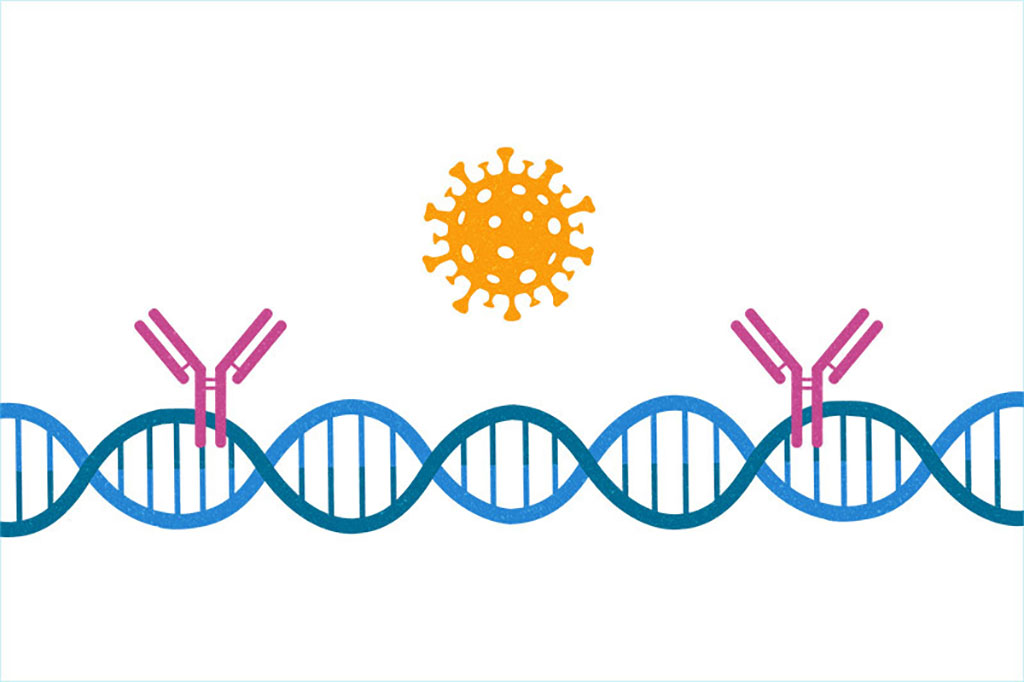COVID-19 Test Uses DNA Nanoswitch Technology to Detect SARS-CoV-2 Virus
By LabMedica International staff writers
Posted on 05 Nov 2020
An easy diagnostic test for COVID-19 based on DNA nanoswitch technology could offer a new way of detecting SARS-CoV-2, the virus causing the disease.Posted on 05 Nov 2020
Scientists from the Program in Cellular and Molecular Medicine (PCMM) at Boston Children’s Hospital (Boston, MA, USA) have been developing DNA nanoswitch technology for several years, allowing them to pivot quickly to apply it to COVID-19 diagnosis. The DNA nanoswitch starts with a piece of single-strand DNA. Attached to either end of that DNA are compounds that interact with molecules that a researcher wants to study - such as antibodies to a protein made by a virus. Once added to a blood serum sample, the DNA/antibody nanoswitches float along as sentries looking for their targets. Once they find them, the antibodies bind tightly. The bond between the pair of antibodies and the protein causes the DNA to change shape, shifting to a closed circle or loop shape. If no target is found, the DNA strand remains open in an unlooped position.

Image: COVID-19 Test Uses DNA Nanoswitch Technology to Detect SARS-CoV-2 Virus (Photo courtesy of Sebastian Stankiewicz, Boston Children`s)
The nanoswitch technology developed by the PCMM scientists is not yet used clinically but has shown promise in research studies for other diseases, including detection of prostate specific antigen, a marker of prostate health. For COVID-19, the scientists are engineering a trifecta of DNA nanoswitches which can detect the spike protein of the SARS-CoV-2 virus that causes COVID-19, antibodies produced after exposure to the virus, or RNA made by the virus itself. Test results are read out by a simple gel electrophoresis system, a common analytical tool in many laboratories that sorts DNA and proteins by size and shape based on their downward movement through a gel. With a positive result - a closed loop - the sample seems to get caught and slows down, staying higher in the gel. A negative result passes through the gel to the bottom.
The scientists aim to simplify things even further for rapid, on-site COVID-19 testing by developing a test that is as easy as a pee stick, but as sophisticated and accurate as a laboratory system. The rapid test they are developing will not only detect the presence of COVID-19 antibodies, but also provide more information about those antibodies.
“Our technology, a DNA nanoswitch, is a new way of probing a test sample for evidence of infection,” said Wesley Wong, PhD, who is leading the team developing the new COVID-19 test at the PCMM. “We hope to get some insight into how the immune system responds to infection or vaccination, and maybe even identify the presence of antibodies capable of killing, or neutralizing the virus. Preliminary results on patient serum samples show the concept is promising.”
Related Links:
Boston Children’s Hospital














